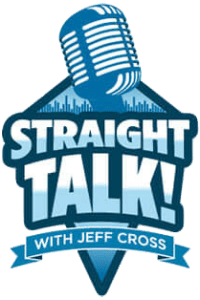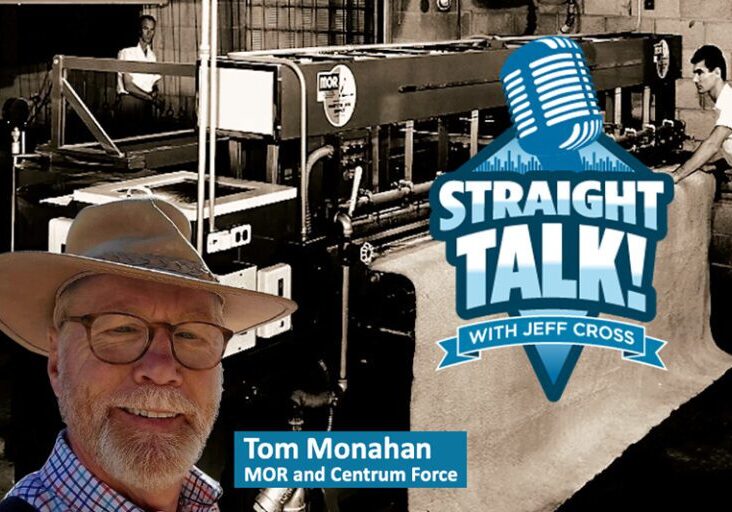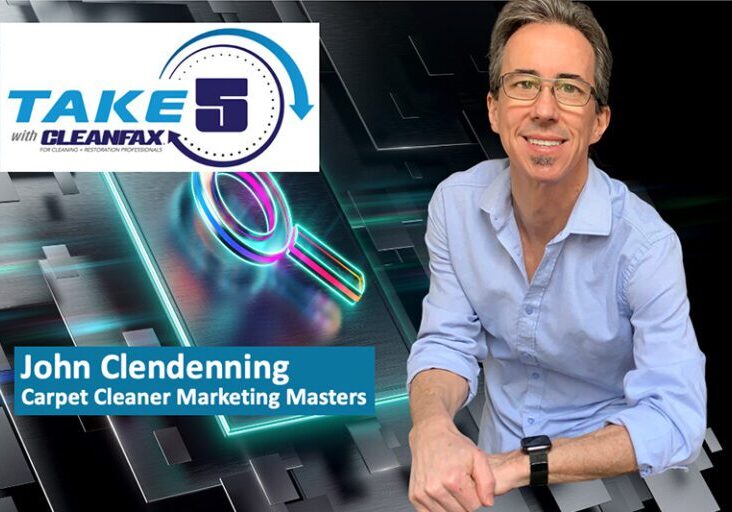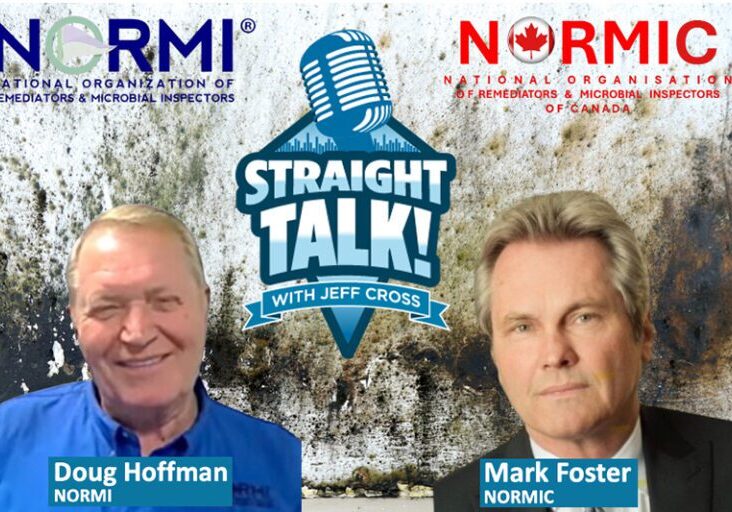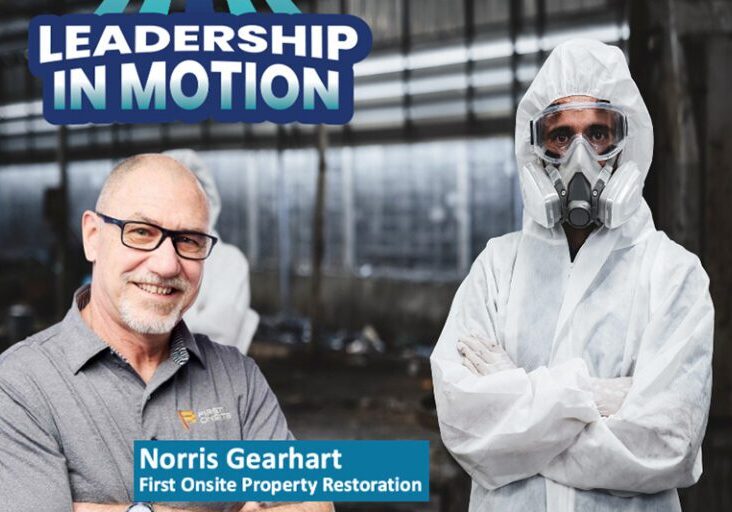Subscribe
Receive up-to-date industry news, how-to tips, exclusive online content, videos, and more by signing up today!


Best Hurricane Forecasts of 2025 Used AI
The 2025 Atlantic hurricane season officially concluded on Nov. 30, and this season highlighted the...
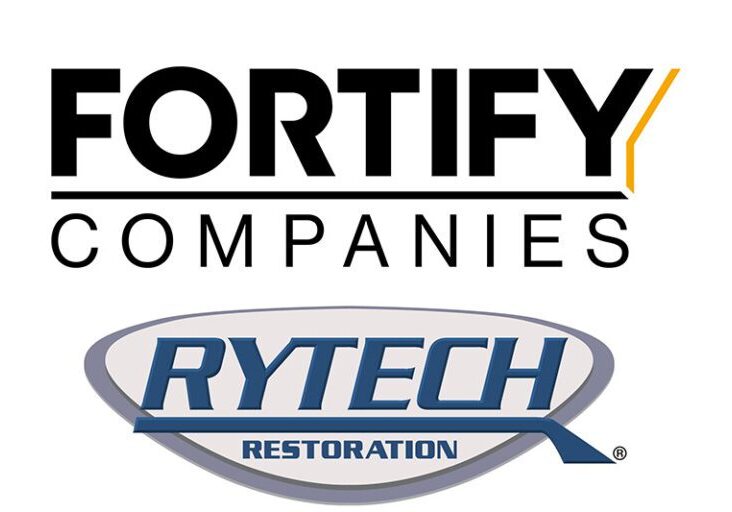
Fortify Companies Acquires Rytech Restoration
Fortify Companies a national property services platform backed by Summit Partners acquired Rytech Restoration one of the nation's...

How Leaders Can De-Stress Their Teams
Leadership literature tends to look at workplace stress through the lens of the individual, the...

New Study Validates Environmental Benefits of Floor Refinishing Compared to Replacement
A recent report and lifecycle assessment (LCA) conducted by IVL Swedish Environmental Research Institute confirms refinishing hard...

Insurcomm Restoration Opens Doors in Ohio
Insurcomm, a Fortify company,opened its newest office in Cincinnati, Ohio, marking the company's first location...

BluSky Clays For a Cause Charity Event Raises Over $6,700 For CPCD Head Start
BluSky Restoration Contractors LLC hosted a successful Clays For A Cause event on in September,...
Subscribe
Receive up-to-date industry news, how-to tips, exclusive online content, videos, and more by signing up today!

Products & Technologies

Proposals: From AI Draft to Human Win
Artificial intelligence is redefining how organizations build, tailor, and win proposals. In this episode, Chris Arlen, founder of revenue-IQ, joins...

Human vs. The Machine
In an era where artificial intelligence can deliver answers in milliseconds, it may feel as if the value of human...
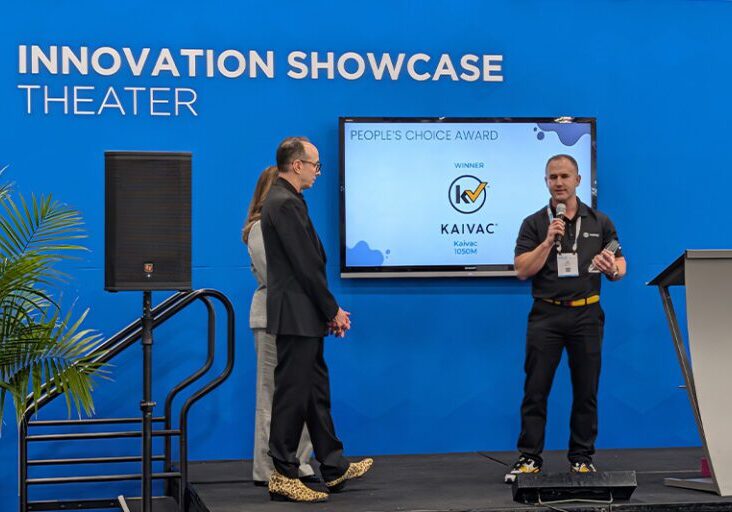
ISSA Show North America Names Innovative Leaders Award 2025 Winners
On Nov. 12, ISSA Show North America awarded the recipients of the 2025 Innovative Leaders Award Program, showcasing cutting-edge products...

The 2025 Carpet and Floor Cleaning Benchmarking Survey Report
Suppose you ask carpet and floor cleaning business owners what keeps them up at night. You’ll hear the same chorus:...
Upcoming Events
Jan. 20-22 | Washington, D.C.
INTRConnect 2026
Registration is now open for INTRConnect 2026, taking place Jan. 20 to 22, 2026, in Washington, D.C.

